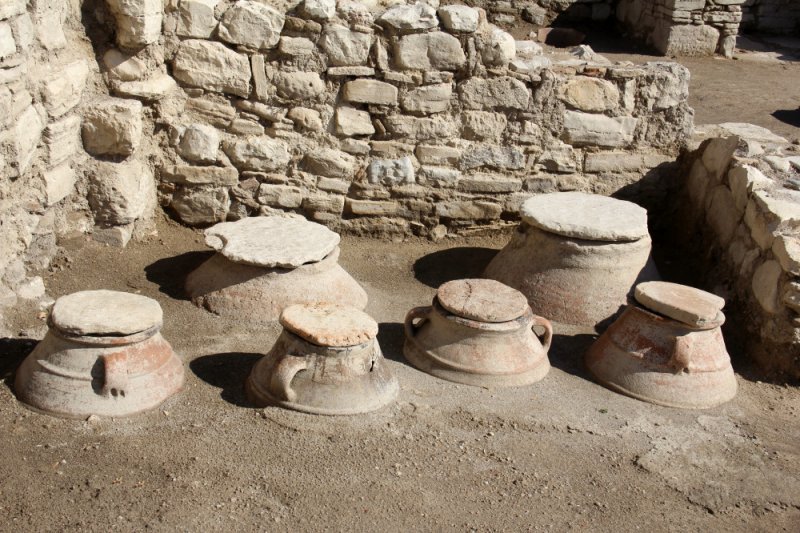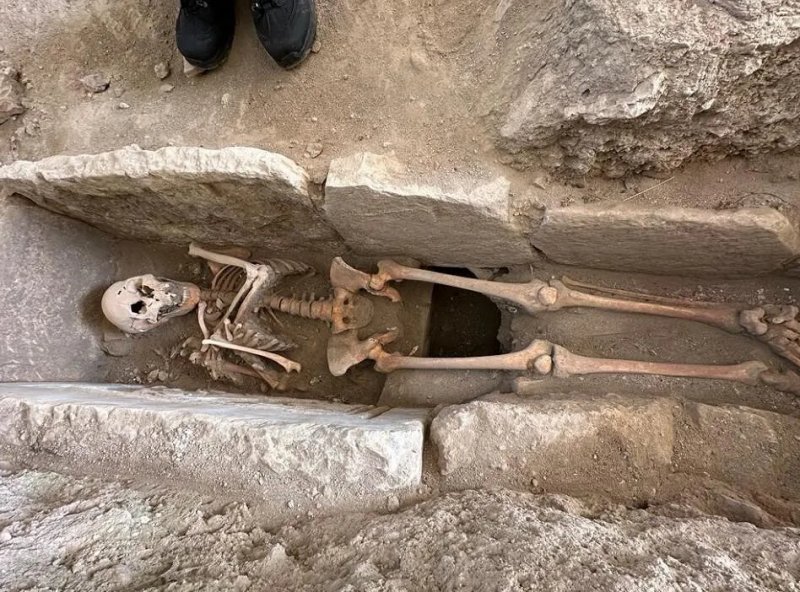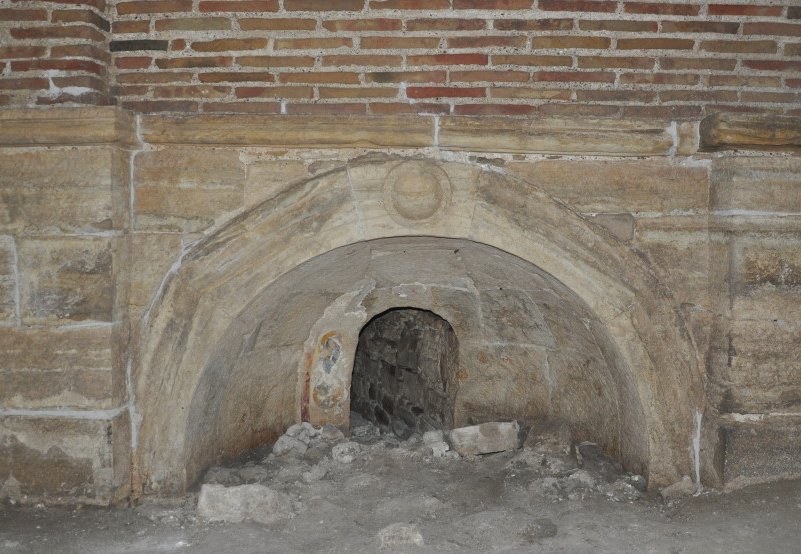Conny Waters – AncientPages.com – Kadikalesi Castle is situated on a low mound, in the town of Sogucak, in the province of Aydin in Turkey. The mound, on which the castle was built, was in the area, constantly inhabited since the Early Bronze Age.

Kadi Castle/Ancient City Anaia. Kadıkalesi/Anaia Tumulus was a settlement area from prehistoric times to Ottoman era. The artifacts found during excavation works indicate the settlement to go as far back as 6000 years ago. Image source
However, in distant antiquity, the mound was located on a small peninsula or an offshore island, and the settlement was known as Anaia.
With time, the geographical location changed and now, Kadikalesi Castle lies approximately 200 meters from the seafront. The castle with its surroundings has a rich history that goes back to the 12th century, when the Komnenoi Emperors of the Byzantine Empire, built this structure.
The goal was to protect Anaia against the attacks of advancing Turkish tribes.
Kadikalesi Castle was not built from the scratch but rather on the foundations already existing on the mound and incorporated a church and a monastery, Ancient sources say that Anaia was the seat of a bishopric. In 1261, it was turned over to the Genoese in the Treaty of Nymphaeum. In the following
decades the castle and surrounding area were owned by the Genoese, Venetians, and Catalans
Finally, in the early 1300s, it was captured by the Turks. During the 14th century Kadkalesi Castle was in hands of the Aydinoglu Emirate and in the 15th century became Ottoman property.
 In the examinations, it was determined that the woman was 34-38 years old and 1.63 meters tall. Image via Hurriyet Daily NewsAt present, Kadkalesi Castle is the site of archaelogical excavations since 2001.
In the examinations, it was determined that the woman was 34-38 years old and 1.63 meters tall. Image via Hurriyet Daily NewsAt present, Kadkalesi Castle is the site of archaelogical excavations since 2001.
Now, in the historical ruins of Kadıkalesi Castle in the western province of Aydın, archaeologists unearthed the skeleton of a woman, which is believed to date back to the 13th century.
The excavation team said that the female skeleton found in a tomb in the church section is believed to belong to the wife of a bureaucrat or someone who donated to the church,” writes Hurriyet Daily News.
The female skeleton was found under the water channel stones that were removed during the excavations in the monumental church in the ancient city of Kadıkalesi (Anaia), which was used as a settlement from the prehistoric period to the Ottoman Empire in the Kuşadası district.
Anthropologists think that the woman was buried in the 13th century and she was buried in the church because she made a large amount of donation to the church or because she was the wife of a bureaucrat. In the examinations, it was determined that the woman was 34-38 years old and 1.63 meters tall.

Image source
Provincial Culture and Tourism Director Umut Tuncer, who made examinations in the area, said, “The things that turn a cultural structure into a tourist attraction are the findings there. Kadıkalesi is a very rich destination in this sense. It is full of findings that reveal new mysteries that excite us.
During the studies carried out last month, a tomb dating back to 1,300 A.D. was discovered. The female skeleton, which we estimate to be approximately 1.63 meters tall, was found in the tomb.”
Art historian Umut Kardaşlar from the excavation team said, “We thought it might actually be a water channel.
When we opened it, we realized that it was a burial of a woman. In fact, it is not very common to put a woman’s burial inside churches. Probably, this woman must have been a woman who donated a significant amount to the church, or she must have been the wife of a bureaucrat.”
Written by Conny Waters – AncientPages.com Staff Writer





